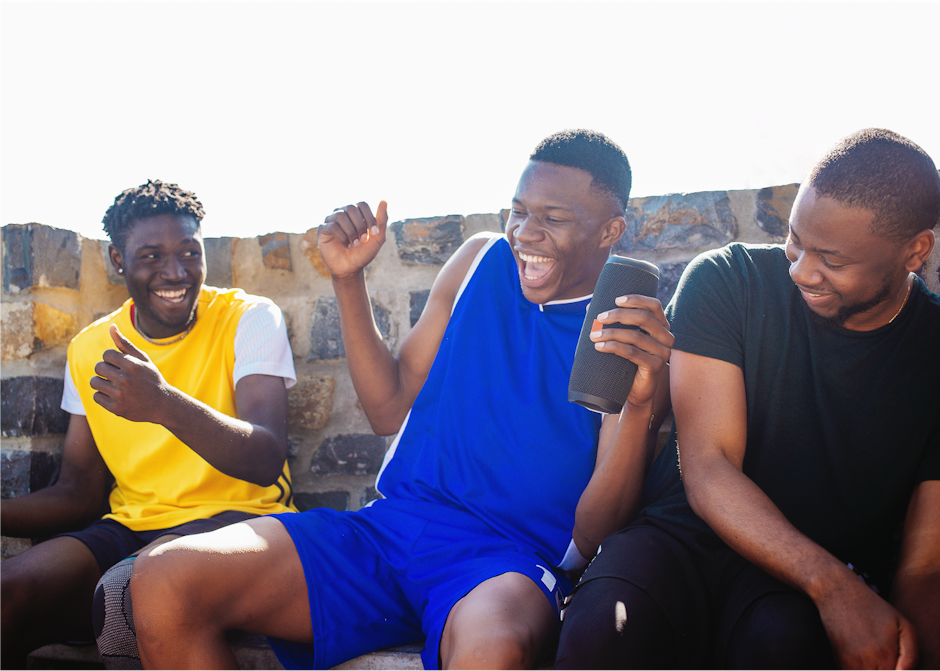The Gen Z Ripple Effect Redefining eCommerce
UNiDAYS GM Viviane Paxinos talks to adidas and MADE

If the future of brands lies in the hearts and minds of their customer, then they had better understand the emerging dominant demographic. This alpha consumer lives and breathes social media, instant messaging, video games and live-streaming - often all at the same time. Gen Z are the ultimate early adopters, and we see their media and purchasing habits now influencing the behaviors of Millennials and Generation X, and even the younger generations following them too.
Gen Z are a hyper-informed, hyper-connected consumer, who expect customised personalised products, services and value, across every device, every platform. Their real world and digital presence are basically one of the same. Brands must urgently connect with this unfamiliar, digital-native consumer who is defining social commerce. Many marketers find this new world order daunting, but it represents great possibility.
Brands must work harder than ever to convince increasingly cynical consumers that their brand and their messages are authentic, not mere window dressing to boost sales or awareness. Brand equity risks being lost in an arms race for ‘likes’ and shares. After a brutal year of lockdowns corporations must prove their worth to consumers in this new reality. Emerging from a perfect storm of uncertainty, isolation and upheaval, consumers want authenticity and tangible benefits, beyond token marketing or ingratiating sponsorship.
I spoke with Matt Pollington, Director Digital and Customer Marketing, MADE.COM who joined Europe’s fastest growing furniture and homewares retailer a year ago from Sky, he feels there is a new consumer psychology that brands have to navigate.
New Consumer Psychology
“The status of the home is changing, and our relationship with the home has dramatically shifted. Our spaces include wants and needs for an office, a gym, a creche, a classroom or a personal break space. MADE.COM is helping customers to use their home space as a means of expressing their individual taste and style, launching more than nine new collections every week offering unrivaled choice and design inspiration.”
Core Social Commerce
“We anticipate that the future of retail will blend both physical and digital experiences, and we want to challenge the status quo of our industry by offering intuitive and fun ways to shop, using the latest and most advanced technologies. Creating exciting, digital-first experiences to really connect with our customers across territories is a key component of this.
Augmented reality, for us, has proven to be a powerful tool in helping customers deeply engage with our product, and fully immerse in the MADE experience in the comfort of their own home. We’ve successfully experimented with this in social platforms to extend the reach of our brand across markets. This social experience enables customers to visualise our MADE designs in-situ, in their living rooms, their bedrooms, and now also in home offices, truly bringing their imagination to life – something that hasn’t really been explored before in our sector.”
I spoke with Andy Pilkington Media Director, Europe adidas, he joined the iconic sportswear brand five years ago and recognises the cross generational shift in consumer mindset.
Group Personalisation
“Young consumers do want brands to be personalised to an extent. Our increasingly direct relationship with our consumer enables this, allowing adidas to get closer to our consumer and understand them better. What they are buying and their motivation patterns. Basically applying to sportswear what, for instance, supermarkets have been doing for years. One size does not fit all, we tailor our offering to many diverse groups.
Simultaneously, however, it’s important to maintain a degree of brand consistency - to be clear about what the brand stands for. Of course our offering will vary by consumer group, but it’s vital that we maintain a red thread of brand identity throughout all of our comms.
Brand v Performance
During lockdown so many businesses went into shock, for adidas, which relies heavily on in-store sales our cash flow was seriously impacted. Naturally performance media was prioritised over brand advertising. But investment into brand equity, whilst a hard investment proposition in cash strapped times, is fundamental to sustainable growth. Performance media has a clear job to do in terms of delivering commercial results quarter to quarter, but brands that pivot back towards longer term investment will reap the rewards.
With adidas the priority is to get our consumers into a controlled owned environment, and once there, ensure they feel motivated to stay. Recruit and retain our consumer, deliver security, trust and authenticity, and with that comes sustained growth.”
"Gen Z have an annual estimated global spend power of $200bn, and an indirect parental spend power of $3 trillion. By the end of 2020, Gen Z were forecast to be the largest group of consumers globally, but with an 8 second attention span, compared to 12 seconds of a Millennial, brands must not only capture their attention, but fight to keep it too."
adidas and MADE.COM have embraced and adapted to the demands of Gen Z, and are now two of the New Establishment global brands of the 21st Century. To discover the future of brands and how to survive and thrive on the world stage, you need look no further.
Viviane Paxinos is the GM of UNiDAYS.
